Unique Russian Cuisine Of Karelia
The Republic of Karelia in Russia is a popular tourist destination. Travelers are attracted to its numerous lakes with their stern and temperate northern beauty, the famous islands of Kizhi with monuments of Russian wooden architecture and Valaam Monastery. Karelian cuisine is bound to be another attraction on your Karelian tour.
So, what to eat when travelling in Karelia?
National Karelian cuisine is a kind of symbiosis of Old Russian cuisine and North European cuisine. Soups and snacks, game and fish, pickles and sun-cured foods, berries and pies organically coexist on the Karelian dining table. Some of these traditional dishes can be found only in northern Karelia.
Karelian Fish
Difficult to guess that it the fish is the king-product in Karelian cuisine. Fish is boiled, steamed, baked, jerked, dried, marinated, and smoked... The majority of traditional Karelian dishes are made from fish. Karelian Fish Roast - Callalaatiko. Particularly impressive is the local fish roast under the unpronounceable name of Callalaatiko. Like most Karelian dishes, fish is stewed with potatoes in cream and sprinkled with grated cheese. Smoked Trout from Valaam. Those of you who make it to the world famous Valaam Island on Lake Ladoga, take your chance and buy smoked trout traditionally prepared by the monks of the Valaam Monastery. You will not find juicier and more delicate fish anywhere else in Karelia.
Karelian Fish and Milk Soup - Kalakhetto
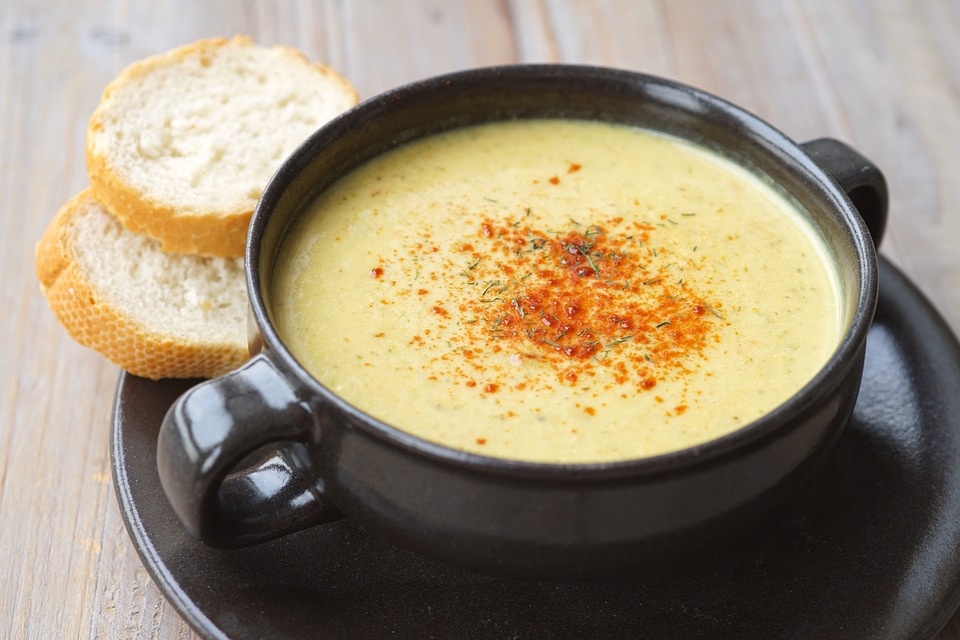
Traditional lunch in Karelia is hardly possible without the national fish soup, Kalakhetto, which is made from whitefish or cod and milk. There is also a festive version of this unusual soup. It is called Lohikeito and, unlike Kalakhetto, is boiled from fatty salmon with the addition of cream. The creamy fish soup tastes absolutely different from the traditional Russian fish soup. It has soft and tender taste, does not smell like fish and literally melts in one’s mouth.
Meat in Karelian Cuisine
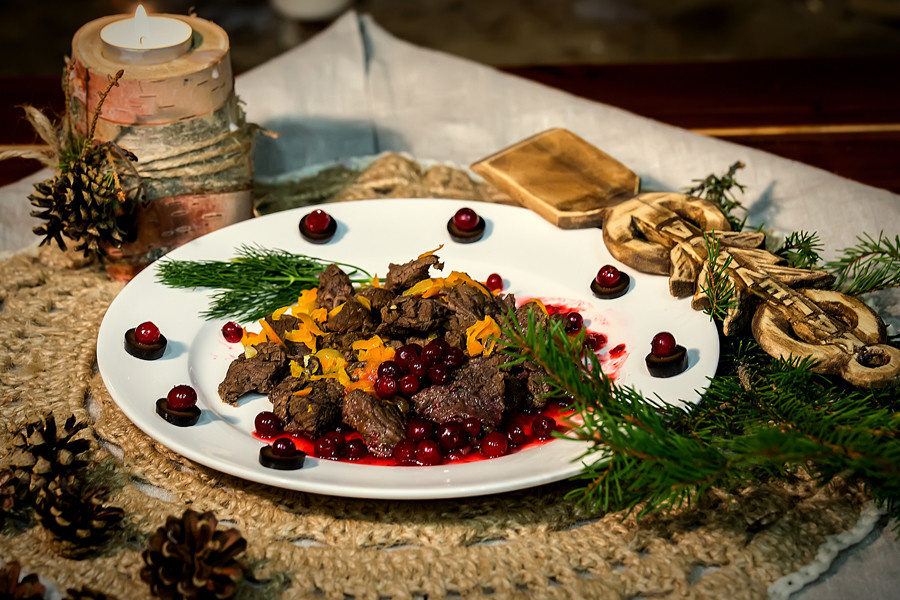
Ancient times, the Karelians rarely ate meat. Nowadays the situation has changed and traditional Karelian meat dishes can easily be found in the menu of the national cuisine restaurants. As a rule, it will be forest game (venison, elk, or wildfowl) cooked in traditional sweet cranberry sauce. You can find such traditional meat dishes in Petrozavodsk, the capital city of Karelia.
Vegetable and Mushroom Dishes of Karelia
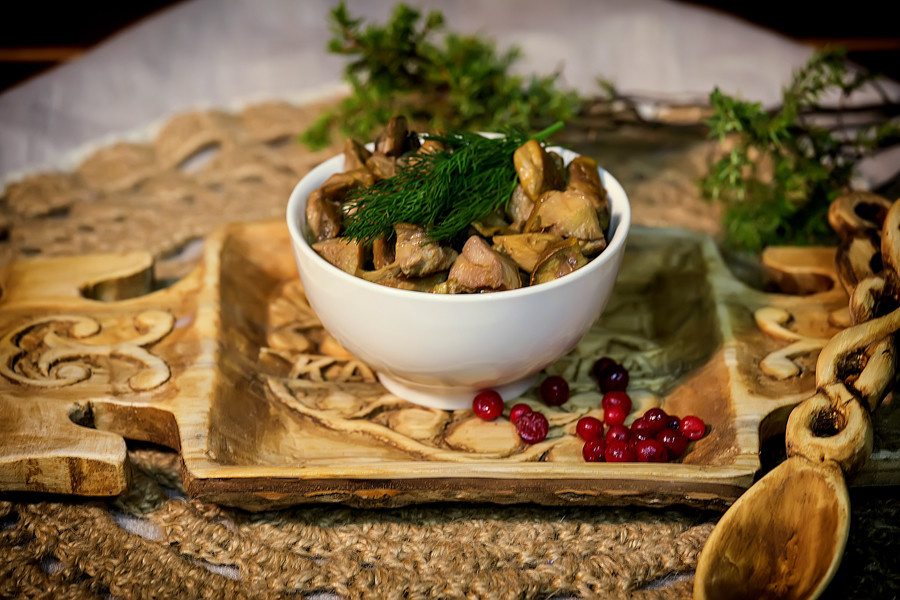
Difficult to imagine Karelian cuisine without mushrooms. Various sorts of local mushrooms are not only salted, marinated, and dried, but used in soups and second courses, sauces and porridges as well. The turnip has always been the king of vegetables in the Karelian cuisine. Sometimes called "our second bread", it was used in large quantities as steamed, dried, boiled and raw. Other popular vegetables in Karelia are radish, onions, rutabaga, cabbage, zucchini and peas. They are part of many national Karelian dishes.
Desserts and Pastries in Karelian Cuisine
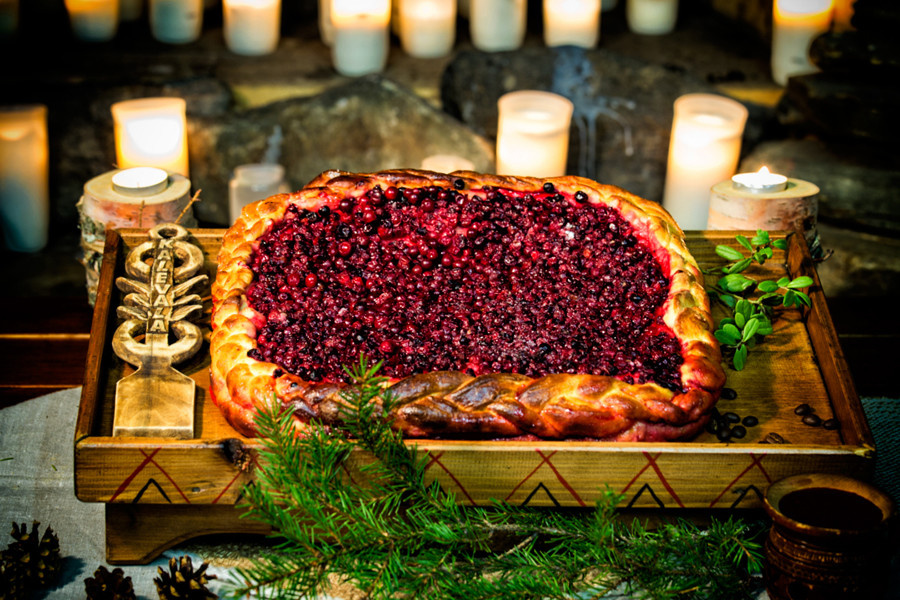
Karelian dessert, you will find local forest berries, porridges or favorite pastries. Highly popular are red bilberries, cranberries, blueberries and cloudberries from Karelian local forests. In every Karelian family, berries must be harvested and preserved for the winter. Berries are eaten raw with sugar, cottage cheese, milk or porridge here. They are cooked in pies and sweet jellies as well.
Traditional Karelian Pies – Kalitki
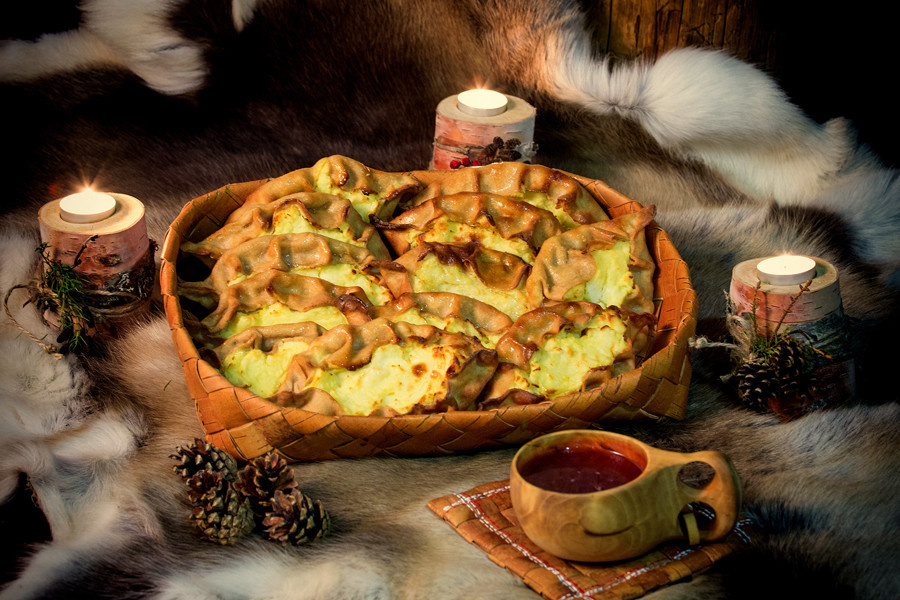
In addition to berry and fish pies, very popular are Kalitki – sailboat-like open rye flour pies with all sorts of fillings. The most common of these are mashed potatoes and millet. Kalitki with rice, cottage cheese, berries, fish or meat are also tasty.
Karelian Balm
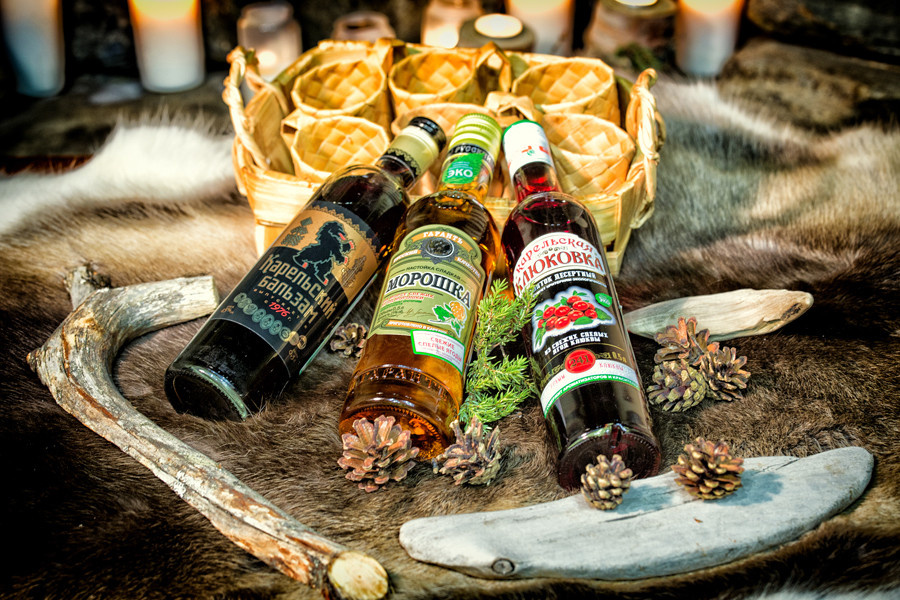
Karelian balm is a favourite gift from Karelia. It is a liqueur based on local herbs and berries with the addition of honey. Karelian herbal liqueur contains no less than thirty ingredients. Most of them have healing properties, so drinking Karelian Balm is not very pleasant only, but salutary as well.
Let's Talk More! Will be great to hear from you today!
Email us: karelia.kaleva@gmail.com
Or call: +7 814 2 76-30-30







